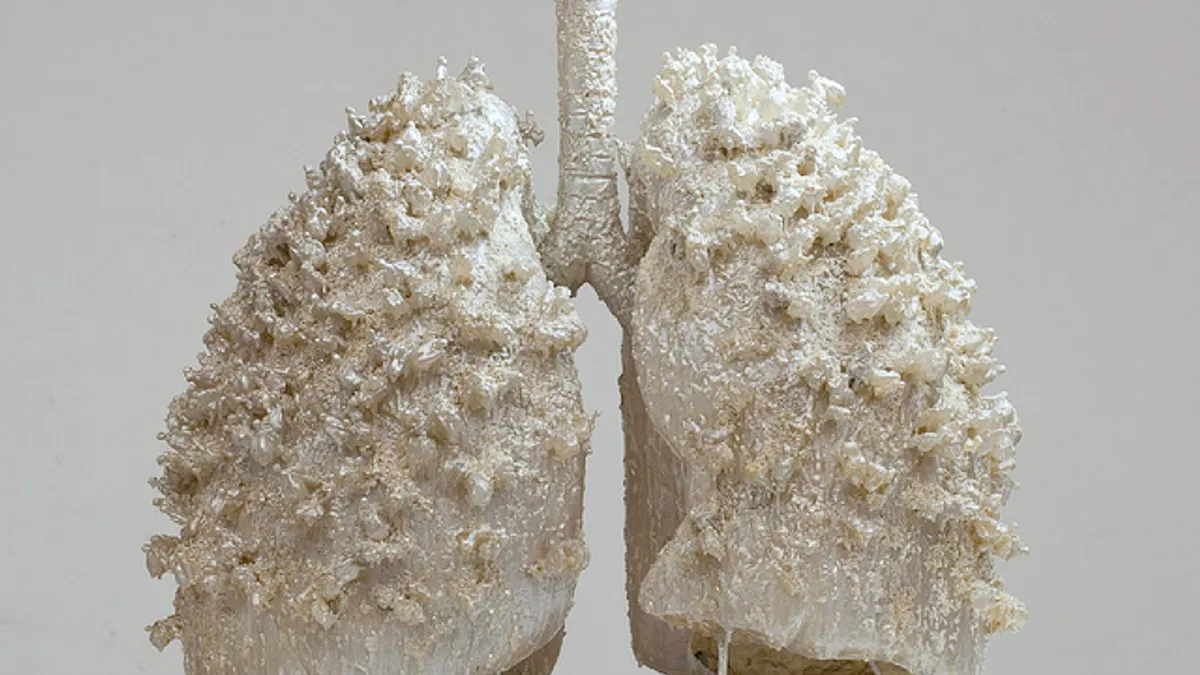Dive Brief:
-
Researchers have developed a metagenomic sequencing-based approach that may improve diagnosis of lower respiratory tract infections (LRTIs) in critically ill patients.
-
LRTIs are the leading cause of global infectious disease deaths but remain hard to diagnose due to their resemblance to noninfectious respiratory syndromes and the limitations of existing microbiological tests.
-
The researchers think they have overcome these limitations by simultaneously analyzing the pathogen, airway microbiome and host response, the three main elements of acute airway infections.
Dive Insight:
LRTIs are a major public health problem. According to the World Health Organization, LRTIs killed more people in 2016 than any other type of communicable disease and were the fourth biggest killer overall. While deaths from other big killers such as heart disease and HIV fell between the 2000 and 2016 analyses, less progress was made in the reduction of deaths related to LRTIs.
The persistence of the LRTI problem is partly a product of diagnostic limitations. Sensitivity, speed and the spectrum of pathogens covered are typically suboptimal. The limitations mean contributory pathogens are never identified in three-fifths of people with community-acquired pneumonia.
Lacking a definitive microbiologic diagnosis, a physician may treat a patient as if they are suffering from a noninfectious respiratory syndrome. This can make the infection worse. Alternatively, the physician, knowing the limitations of the test, may prescribe antibiotics even in the absence of a microbiologic diagnosis. This can contribute to the emergence of drug-resistant strains.
In an attempt to remedy these problems, researchers at the University of California, San Francisco and Chan Zuckerberg Biohub developed a metagenomic sequencing-based approach to the diagnosis of LRTIs. The diagnostic builds on research into the potential for host transcriptional profiling from peripheral blood to effectively distinguish between infectious and noninfectious diseases, and tell whether the LRTI is of viral or bacterial origin.
Through a process involving DNA and RNA sequencing and bioinformatics, the researchers created ways to look at pathogens, microbiome diversity and host gene expression. Analyses of any one of these three elements of acute airway infections were unable to perfectly predict whether a patient had a LRTI. However, combining the elements resulted in a negative predictive value of 100%.
While the test had some shortcomings, such as a high false positive rate for certain pathogens, the researchers think the findings justify assessing the diagnostic in a larger validation cohort.












